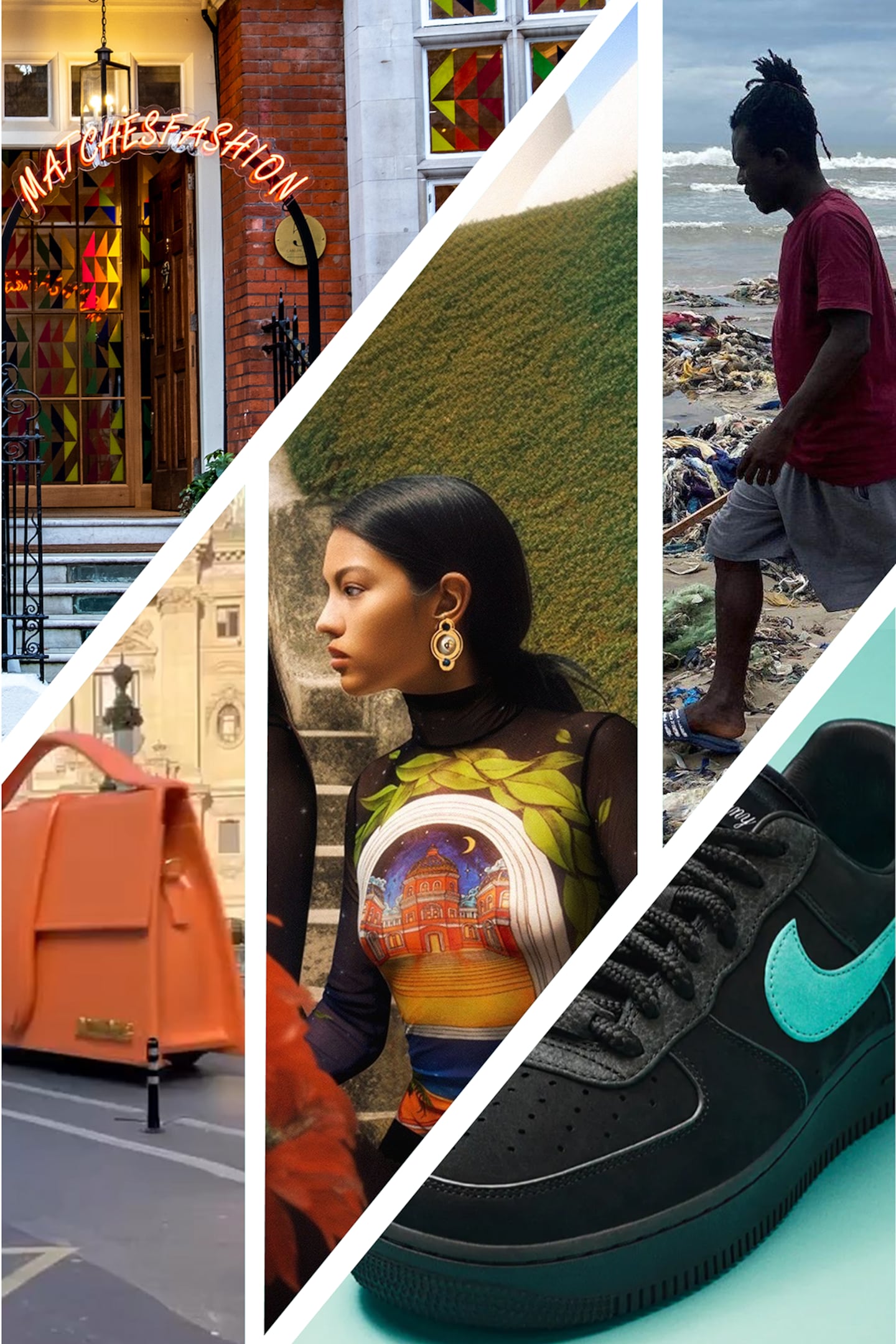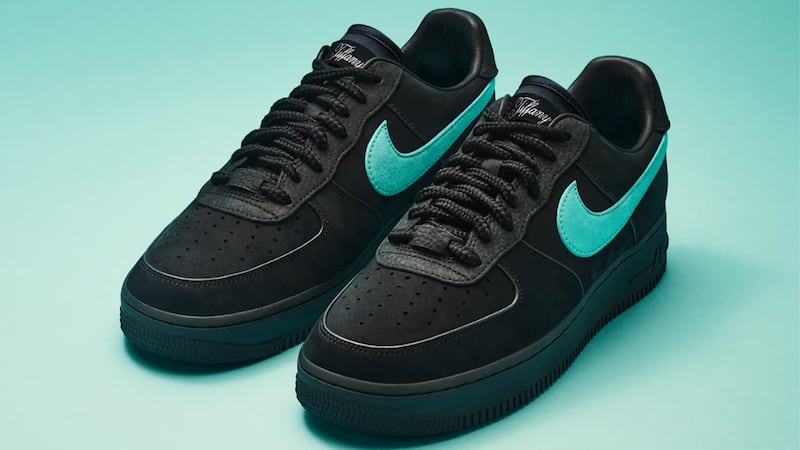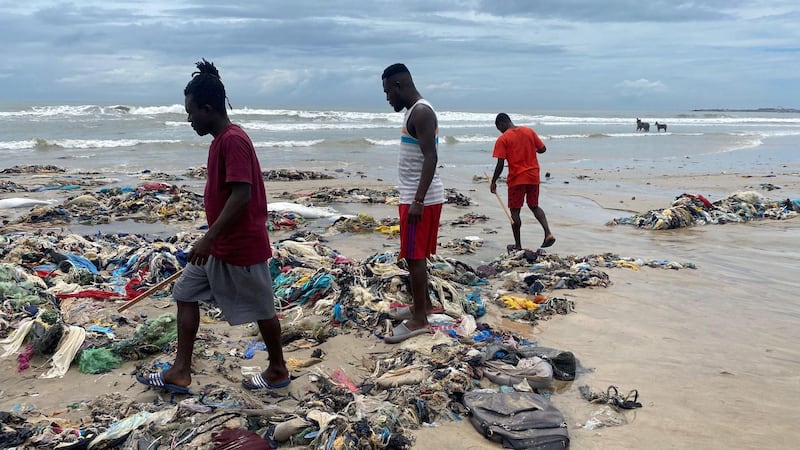
The Business of Fashion
Agenda-setting intelligence, analysis and advice for the global fashion community.

Agenda-setting intelligence, analysis and advice for the global fashion community.

LONDON — Can you believe it? We are just one week from the end of 2023. How are you feeling at the end of this crazy year?
On the one hand, I find myself feeling weighed down by the never-ending sense of uncertainty and instability that seems to have fashion and the wider world in a state of perma-crisis. As we entered the post-Covid era, I hoped for less uncertainty and a more steady path ahead, but it was not to be. At every turn, 2023 has turned up more surprises and unpredictability.
But this is also when BoF thrives. I am delighted to share that we have passed the symbolic and important milestone of 100,000 paid BoF Professional members. That makes BoF by far the largest community of fashion professionals in the world, with members in more than 125 countries.
Our team is extremely grateful for your support. We can’t create our analysis and advice without it. So if you are not yet a member, click here to join and read all of our top stories of the year. You can use the special discount code imran2023 until Dec. 31 to get 25 percent off your first full year of our all-access BoF Professional membership.
ADVERTISEMENT
I’ll now be taking a break until mid-January, so in my last weekly letter of the year, I want to reflect on the biggest fashion stories of 2023 and how our excellent team of expert correspondents and editors covered them — as well as what these core themes portend for the year ahead.

We’ve been reporting on the decline of online luxury since the beginning of the year, but everything really came to a head in the last few weeks. Farfetch, Matches and Yoox-Net-a-Porter are all in crisis mode, revealing serious cracks in the European luxury e-commerce model. Part of these companies’ woes is down to the inflated valuations attributed by investors who did not know how to manage them. But there’s also added competition now that luxury brands are finally taking e-commerce seriously themselves. After the pandemic gave them no choice but to pivot to digital, they are now moving further away from the online wholesale model to a direct-to-consumer model.
What to watch for in 2024:

No new technology has captured the interest of the fashion industry over the past year quite like generative artificial intelligence. And for good reason. Unlike the hyped up Metaverse, Gen-AI’s potential has wide-ranging implications for all parts of the fashion value chain — as excellently illustrated in technology correspondent Marc Bain’s excellent in-depth case study, The Complete Playbook for Generative AI in Fashion. To develop a deeper understanding of what this means for fashion and beyond, make sure to check out the session on Technology & Innovation from BoF VOICES 2023, which focused on understanding, exploring and debating the potential of generative AI. It includes talks from LVMH, WPP, star interior designer Kelly Wearstler and BoF Insights on real applications for fashion and creativity. Indeed, 73 percent of fashion executives surveyed for The State of Fashion 2024 said generative AI will be a priority for their businesses next year.
What to watch for in 2024:

Back in 2019, before Covid hit our shores and the pandemic changed everything, Virgil Abloh told Dazed that the end of streetwear was near. He may have been a few years early, but the evidence is in that the sneakers, sweatshirts and hype-driven collaborations that dominated fashion for many years are well and truly behind us. Supreme, the bellwether for this space now owned by VF Corp, appears to have hit a ceiling. Its revenue dropped to $523.1 million in the year ending in March, down 7 percent from the year before. Likewise, New Guards Group, which operates stalwart streetwear brands like Off-White and Palm Angels saw a 40 percent decline in the second quarter.
What to watch for in 2024:

For several years, our chief sustainability correspondent Sarah Kent has been making a case for the role regulators can play in getting the fashion industry to clean up its act. And it’s not hard to see why. The industry continues to produce way too many products at ever cheaper prices. And as clothing becomes less valuable and more disposable, more of it is ending up as waste — dumped in countries like Ghana where it contributes to overflowing landfills. But this is not just a fast fashion problem. The luxury industry’s post-pandemic surge means that high-end brands are also producing millions more products, growing their carbon footprints just when we need to be reducing impact. Resale, circularity and new material innovations are all important potential solutions, but they won’t resolve the key underlying problem: we are making and consuming too much stuff. To address this, there needs to be a fundamental shift that reduces volumes, in particular by avoiding the incentive to overproduce baked into fashion’s business model.
ADVERTISEMENT
What to watch for in 2024:

After years of investing in performance-based digital marketing, this year saw marketing leaders realise they need to invest in their brands. This may seem obvious for an industry that works so hard to build and protect its brands, but over the past few years some of this brand-marketing muscle has atrophied, as marketers leaned heavily into performance marketing. At BoF, our team worked hard this year to go deep on this topic, publishing an excellent case study on Brand Marketing by editor Diana Pearl, introducing our own way to measure and monitor brand health, The BoF Brand Magic Index, and learning from two brand-led beauty entrepreneurs about why brand marketing still matters. We also examined the rise of new brand marketing techniques, from collaborating with top athletes to experimenting with CGI-powered surrealist marketing and leveraging the globalisation of popular culture by appointing ambassadors from markets like Korea and Thailand.
What to watch for in 2024:

This year, Barbie-mania swept the globe. A key architect of that phenomenon was Richard Dickson, who served as president and chief operating officer of Barbie’s parent company, Mattel, for almost a decade. At Mattel, Dickson revived Barbie, a name that had lost its cultural relevance, and brought it firmly back into the Zeitgeist. Now, Dickson is taking his talent for revitalising fading icons to Gap, where he was appointed CEO in July 2023.
This week on The BoF Podcast, I’m pleased to share this exclusive conversation with Richard on the power of brands and his vision for rebooting Gap from BoF VOICES 2023.
Have a safe and happy holiday season. See you in 2024!
Imran Amed, Founder, CEO and Editor-in-Chief, The Business of Fashion
To receive this email in your inbox each Saturday, sign up to The Daily Digest newsletter for agenda-setting intelligence, analysis and advice that you won’t find anywhere else.
From analysis of the global fashion and beauty industries to career and personal advice, BoF’s founder and CEO, Imran Amed, will be answering your questions on Sunday, February 18, 2024 during London Fashion Week.
The State of Fashion 2024 breaks down the 10 themes that will define the industry in the year ahead.
After three days of inspiring talks, guests closed out BoF’s gathering for big thinkers with a black tie gala followed by an intimate performance from Rita Ora — guest starring Billy Porter.
Photographer Misan Harriman, artists Rita Ora and Billy Porter and designer Diane von Furstenberg shared their experiences translating pain into art and impact.